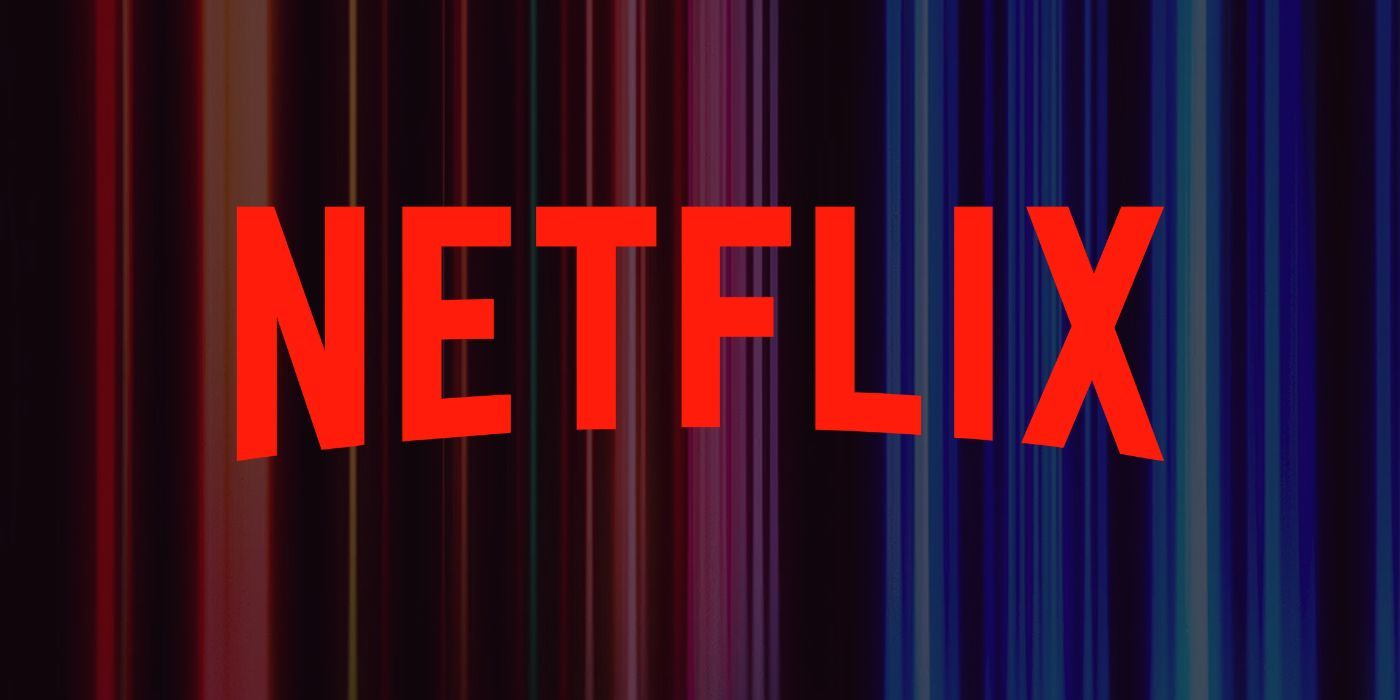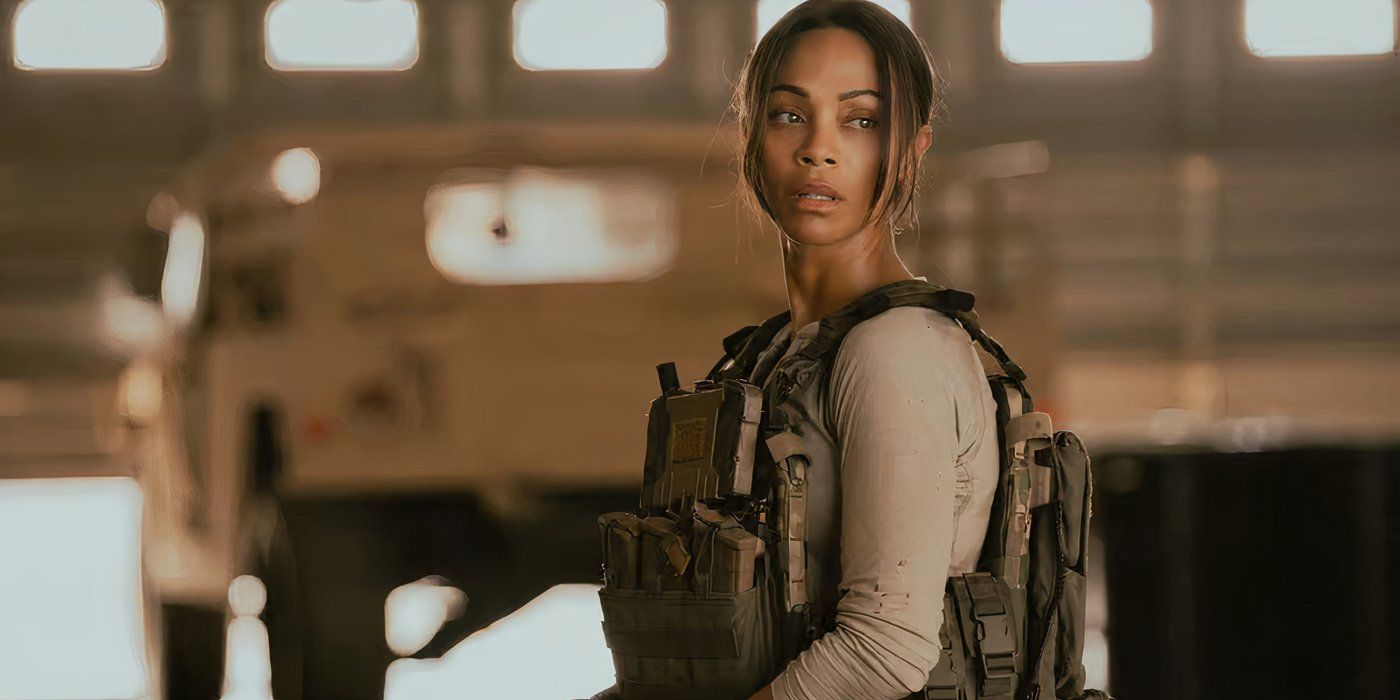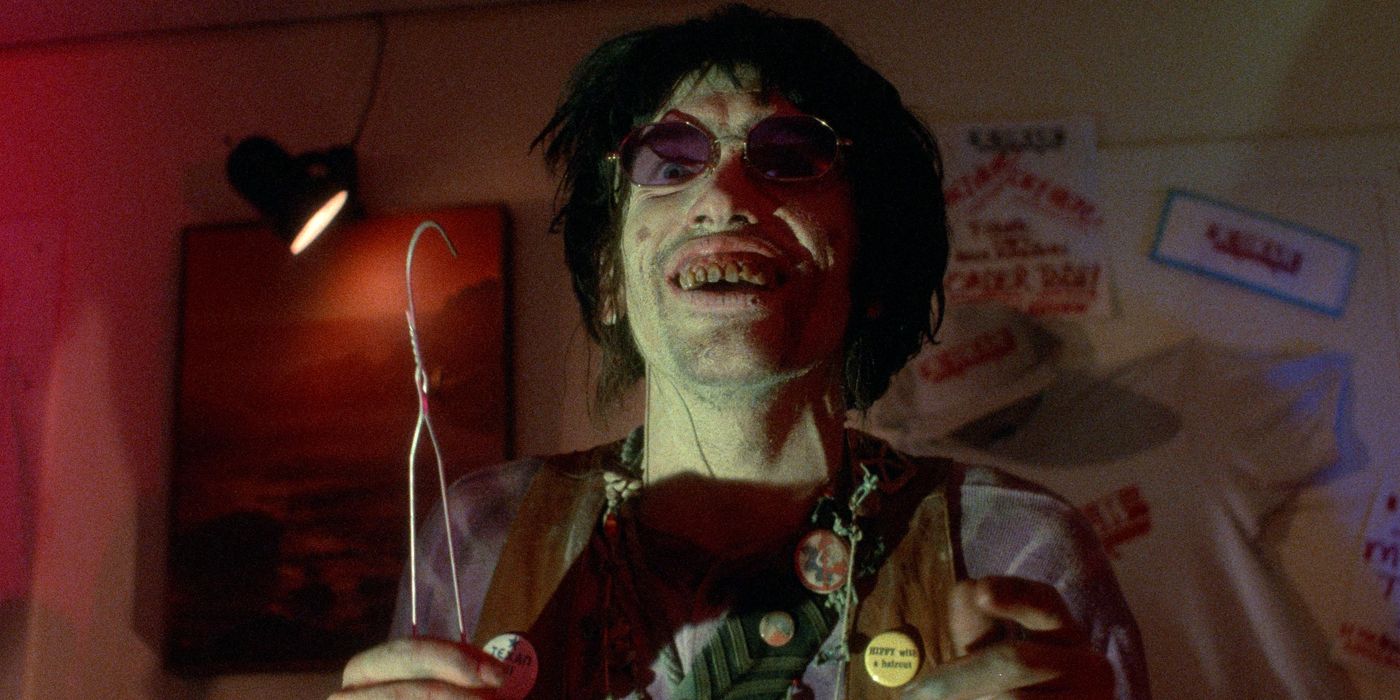Biggest Netflix Movie of 2025 Hits Theaters This Halloween

Okay, HUNTR/X fans, listen up! If you missed seeing your faves on the big screen, you’re in luck! To celebrate Halloween, *KPop Demon Hunters* is getting another run in theaters! From October 31st to November 2nd, you can catch it at AMC, Regal, and Cinemark locations. And it’s not just in the US and Canada – they’re bringing it to Korea, the UK, Mexico, Ireland, Spain, Germany, Brazil, Australia, New Zealand, Argentina, Chile, and the Netherlands! What’s super exciting is that this is the first time *KPop Demon Hunters* will be shown in theaters in Korea, the Netherlands, Spain, Germany, Ireland, and all across South America! I’m so hyped!








